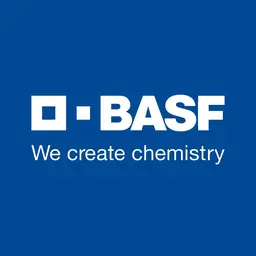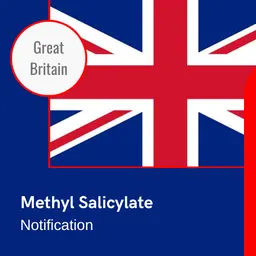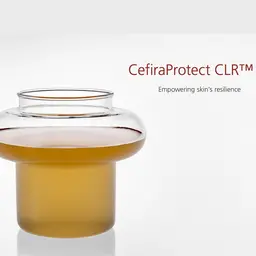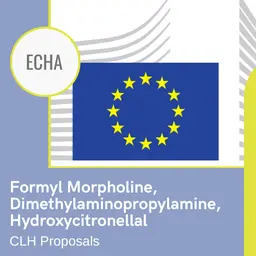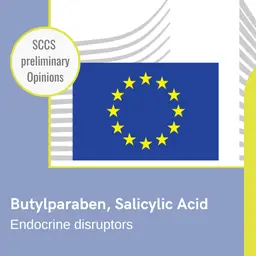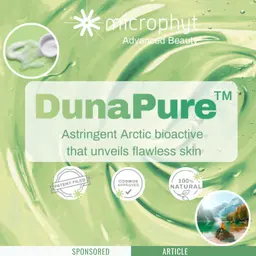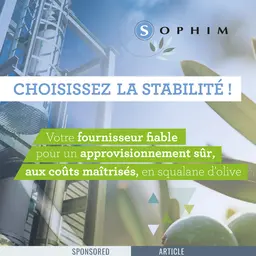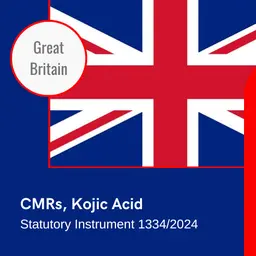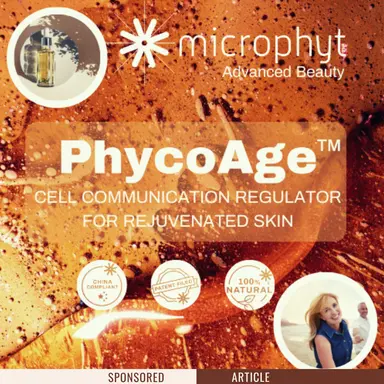
Microphyt, the market leader in bioactives derived from microalgae, introduces its first anti-ageing active ingredient: PhycoAge™. Thanks to its 3-in-1 formula, this natural active ingredient is adapted to the needs of the “silver population”.
By 2030, one in six people will be aged 60 or over. The strong purchasing power of this ever-growing demographic means it is of particular interest to the cosmetics industry.
In France, people in this age group spend on average over 200 per year on anti-ageing cosmetics and dietary supplements.
In the cosmetics aisle, the most popular products are those that claim to delay the onset of the signs of ageing. Although it is increasingly fashionable to embrace one’s age, women remain concerned by visible signs of the passage of time*.
In the study of skin ageing processes, the hypodermis - the deepest layer of the skin that supports the skin’s structure - is often overlooked.
However, cellular remodeling in adipose tissue declines qualitatively and quantitatively over time. This alters the support and structural function of the hypodermis.
Moreover, the increased number of senescent cells in adipose tissue means that cell renewal is diminished. Cutaneous homeostasis and intercellular communication become dysregulated, preventing the different skin layers from acting in a coordinated manner.
This results in visible signs of skin ageing, which are the consequence of a cascade of events occurring in the deeper layers of the skin (the hypodermis and dermis). Of the communication channels that may be implicated, the NF-κB (Nuclear Factor Kappa B) pathway is known to become downregulated with age, resulting in a chronic inflammatory state.
This low-level inflammation is accompanied by oxidative stress and the appearance of glycation products, which affect the quality of the extracellular matrix (ECM). In the long term, dysregulation of this pathway results in sagging skin and the appearance of wrinkles.
Microphyt has developed a new active cosmetic ingredient, drawing on its expertise in microalgae to meet the needs and expectations of this demographic.
Phaeodactylum tricornutum: a microalgae with anti-ageing properties
For over 10 years, Microphyt has been studying Phaeodactylum tricornutum, a microalgae that contains powerful anti-ageing compounds unique to the marine world – such as fucoxanthin (carotenoid family) and EPA (eicosapentaenoic acid) – in higher concentrations than other microalgae (Wang H et al. 2018). Genomic analysis revealed the presence of genes that are not expressed but are similar to those encoding human dermal constituents such as collagen, laminin, elastin, fibronectin and tenascin (Scala et al. 2002).
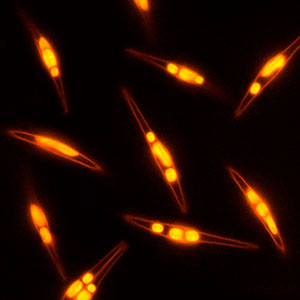
PhycoAge™, an oily marine active ingredient capable of regulating cell communication
A pioneer in the production and marketing of natural active ingredients derived from microalgae, Microphyt has developed and patented the first hydro-biomimetic culture technology capable of reproducing the organism’s natural habitat. Photobioreactors have made it possible to grow a fragile species on an industrial scale.
This technology makes it possible to grow microalgae in a controlled, standardized way, providing them with all the necessary conditions for successful photosynthesis. No GMOs, animal products, pesticides or antibiotics are used. This sustainable, eco-efficient process produces a high quality biomass rich in natural bioactives.
Coupled with a specific extraction process, Microphyt has developed PhycoAge™, an active ingredient that can regulate the NF-κB (Nuclear Factor Kappa B) signaling pathway thanks to fucoxanthin (Libermann et al. 1990; Sun et al. 2018; Chen et al. 2022) and EPA (Ezure et al. 2011).
PhycoAge™, a 3-in-1 anti-ageing bioactive: reduces inflammation, restructures and rejuvenates skin
In vitro and clinical tests on volunteers aged 50 and over, for 2 months, revealed the full effectiveness of PhycoAge™ in:
1/ Reducing age-related inflammation by:
• Reducing inflammatory markers
• Reducing the formation of glycation products (AGEs)
• Increasing antioxidant potential
2/ Reshaping the face by:
• Regenerating the constituents of the ECM
• Improving skin firmness
• Resculpting facial contours
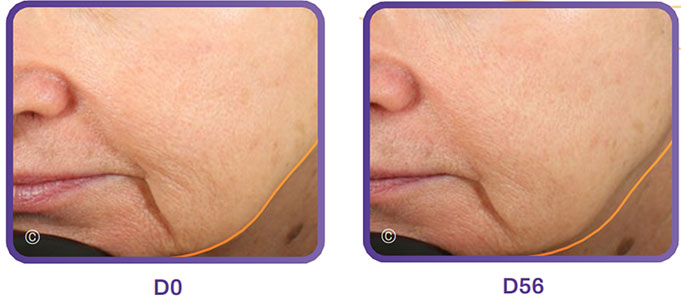
Protocol: Double-blind, placebo-controlled clinical study on women aged 50 and over with visible signs of ageing. Two applications per day to one side of the face of a serum containing 1.5% PhycoAge™ or placebo for 56 days. Measurement of the tensor effect.
3/Exerting a rejuvenating effect by:
• Activating natural hyaluronic acid synthesis
• Restoring the barrier function
• Reducing the appearance of wrinkles
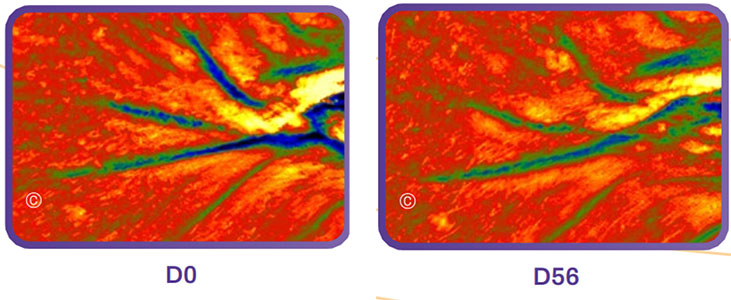
Protocol: Double-blind, placebo-controlled clinical study on women aged 50 and over with visible signs of ageing. Two applications per day to one side of the face of a serum containing 1.5% PhycoAge™ or placebo for 56 days. Measurement of the depth and surface of crow’s foot wrinkles.
Technical data:
• INCI: Caprylic/Capric Triglycerides, Phaeodactylum Tricornutum Extract, Tocopherol
• Standardized compound: Fucoxanthin
• Preservative: None
• COSMOS: Approved
• Naturalness (ISO 16128): 100% natural origin
• Recommended use: 1.5%
• Appearance: oil-soluble liquid
For more information: contact@microphyt.eu
*Consumer survey conducted by “Les Zooms de l’Observatoire Cetelem” with Toluna-Harris interactive.

